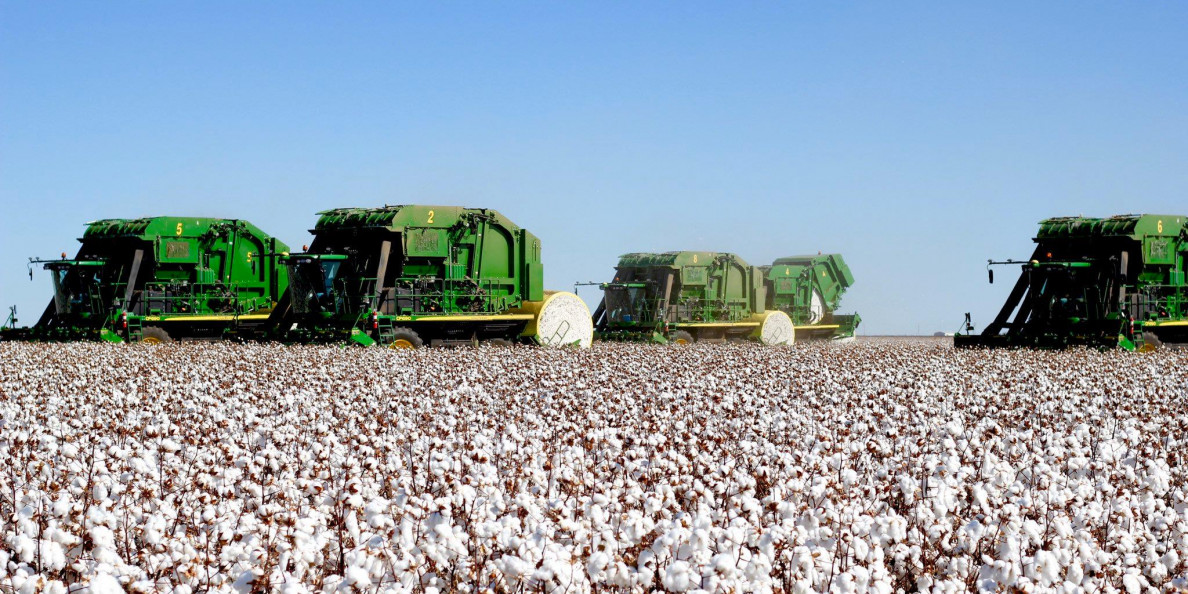By Jeff Thompson, Autauga Quality Cotton
As readers have come to understand, the intention of our Weekly Market Report is to look at events of the previous week, their influence on market activity, and provide an outlook for prices going forward. Sounds rather simple until the market moves contrary to where the information at hand says it should.
Such is the case with cotton, despite very favorable fundamentals, new crop futures have fallen over six cents in the past three weeks closing Friday at 82.51. Over this same time, May futures suffered even greater losses giving up almost 11 cents, to settle last week at 84.68.
This was disappointing, no doubt, but there are signs on the horizon that lend promise to a reversal.
In the absence of cotton news last week, the market took its cue from various economic reports. Its widely known cotton has a closer tie to the economy than any other agriculture commodity. Understandably so, for when money is tight one must eat while the purchase of a new pair of jeans can wait.
Coming out of the pandemic, our economy is currently walking a tightrope between robust growth and the fear of inflation. The manufacturer’s index, a good indicator of economic strength, rose this month to its highest level in half a century. However, the manufacturer’s prices paid index is the highest it has been since 1980, a tell-tale sign of inflation.
The U.S. economy is projected to grow 6.5 percent in 2021, which would be its fastest expansion in four decades. In turn, yields on 10-year treasury notes hit 1.7 percent last week compared to a year ago when yields were 0.70 percent. This is seen as another sign of rising inflation, which has negatively affected commodity prices as the subsequent rise in the Dollar could potentially hinder agriculture exports.
Despite the aforementioned double-edged sword, we remain cautiously bullish especially where new crop is concerned. We base this off supporting factors on both the supply and demand side.
New crop cotton acres are still uncertain, maybe even more so considering the recent price decline. Planting intentions are to be released on March 31, but keep in mind it will just be intended acres, not harvested acres. In addition, the Southwest is in the grip of its worst spring drought since 2013. A change in weather patterns will be needed to avoid a repeat of last year.
More importantly, demand remains strong and should strengthen as we exit the pandemic and consumer buying power is felt. Reflective of this was net export sales topping 580,000 bales last week. This was the second largest week of current crop sales, a level only reached twice in the last two years.
These favorable fundamentals fuel our optimism and bullishness. Currently, this same bias exists with the managed funds and spec communities as they increased their long position after two weeks of liquidations.
The support of this sector is critical for further price momentum. Though partially responsible for the recent price decline, these liquidations appear to be more a squaring of the books near the first quarter’s end rather than a change in market sentiment. They currently hold a net long position the equivalent of 5.9 million bales.
Where do we go from here? Though the bottom of our suggested trading range of 82 to 87 cents is being tested, we feel there remains some upside to prices especially new crop. Outside forces were more at work last week and a return to trading on fundamentals is inevitable
Πηγή: Agfax

